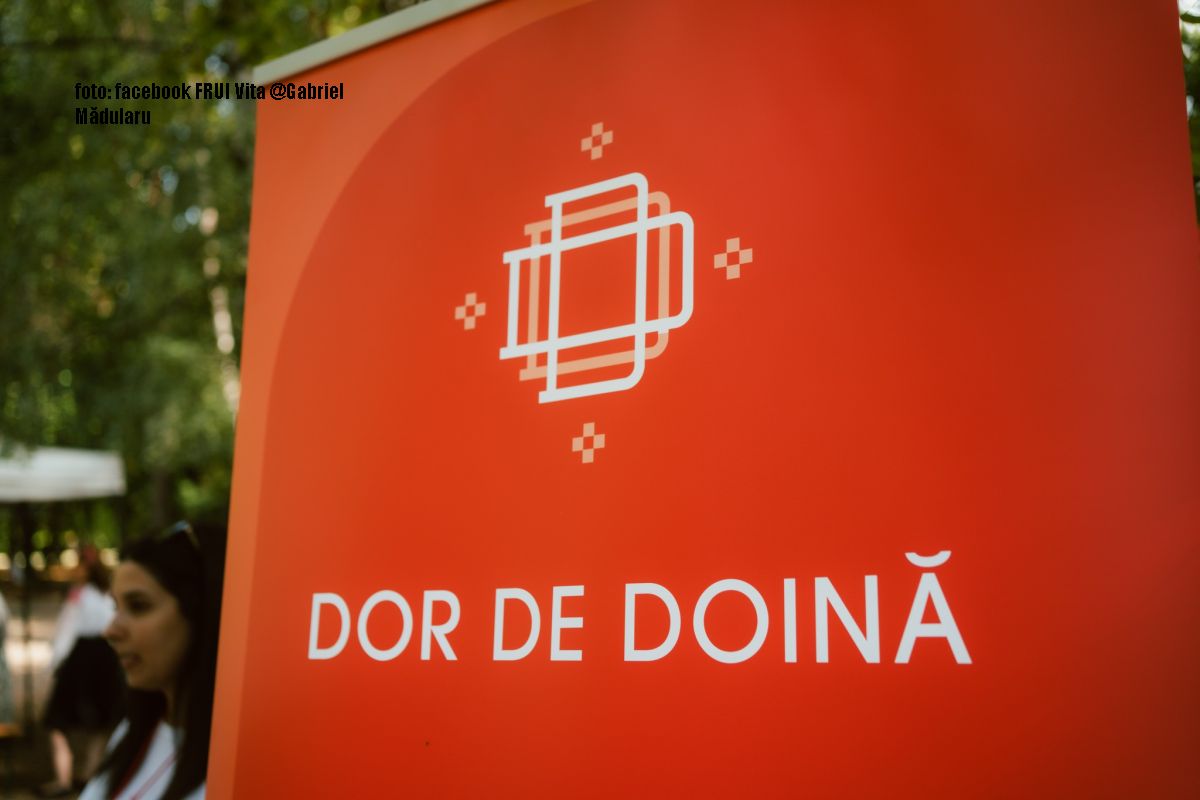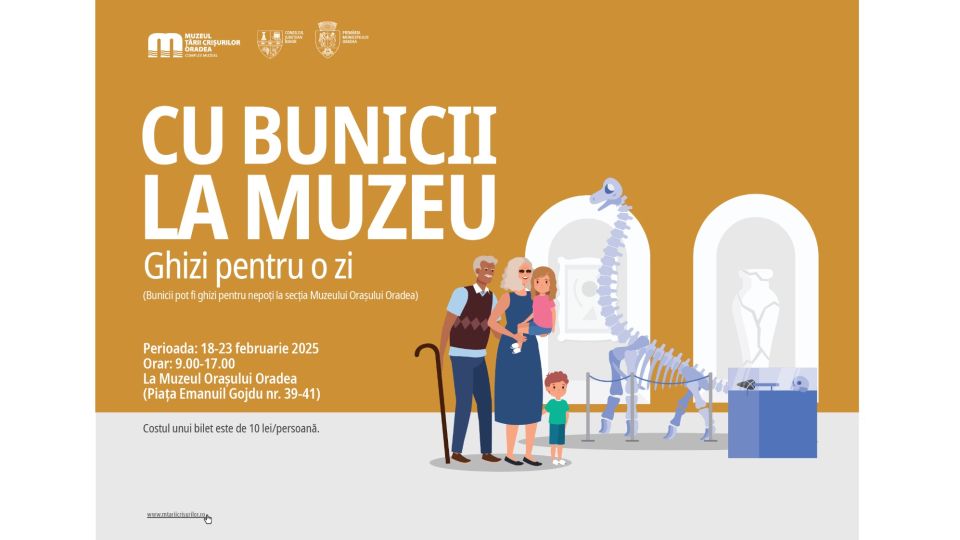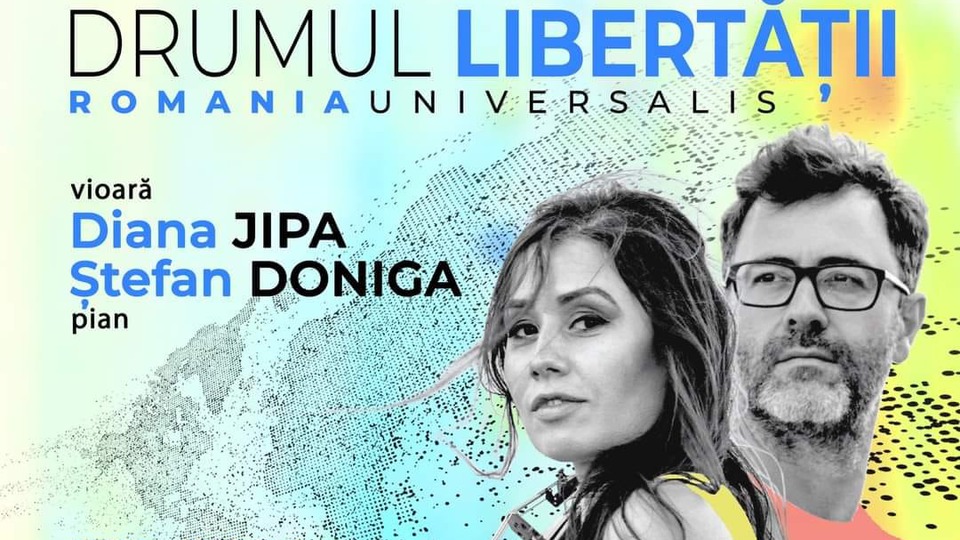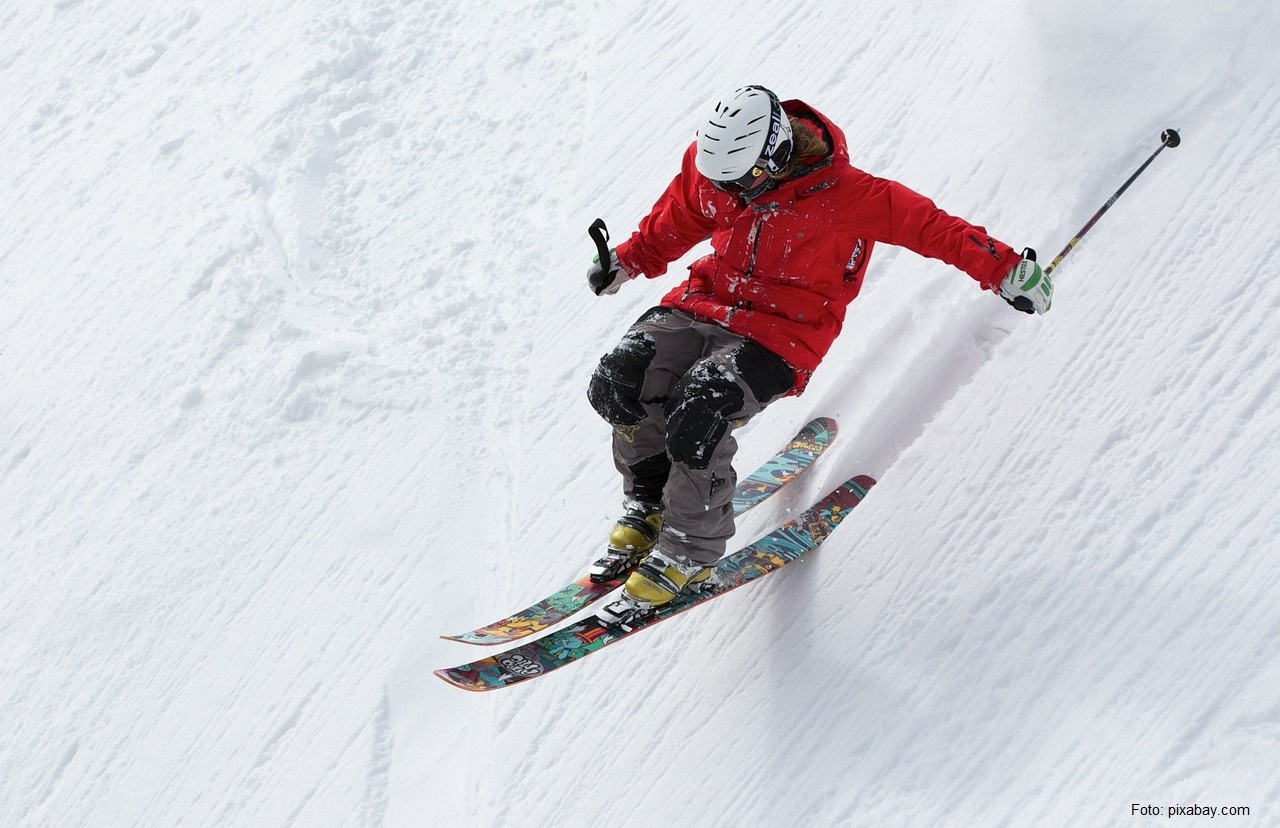The Doina
Bucharest's Botanical Gardens host festival to promote the doina, Romanian folk song inscribed on the UNESCO intangible cultural heritage list.

Ana-Maria Cononovici, 17.09.2024, 14:00
The Botanical Gardens in Bucharest hosted a new edition of a very special festival called Dor de doină dedicated to the doina, a type of Romanian folkloric song which has been part of the UNESCO intangible cultural heritage of humanity since 2009. The festival was organised by the Frui Vita Association and its vice-president, Eusebiu Bogdan, will now tell us more about the whole project:
“The idea came from my wife, Ioana, who is the president of the association and, together with me, its founding member. We are great lovers of Romanian culture and last year we embarked on a project to promote the doina, which has been listed on the UNESCO intangible cultural heritage list since 2009. We noticed that people in Romania are very appreciative of the UNESCO heritage, but tend to be more fascinated with its international component. They visit UNESCO sites abroad, but fail to enjoy their country’s own UNESCO heritage, both tangible and intangible. We set out to promote the doina and last year we sought to provide accessible information in digital format so that it may be available to anyone, at any time. This year we went farther, aiming to draw different types of participants. We translated the digital content into English, to better promote it across the country’s borders.”
Traditionally, the doina is a means by which performers are expressing their love of nature, their sadness and their joy, their loneliness and their rebellion. Eusebiu Bogdan, the vicepresident of Frui Vita Association tells us more about the novelties of this latest edition of the festival dedicated to the doina:
“The doina is best enjoyed outdoors, because that’s how it has always been performed and, compared to last year, when we held the event at the Monteoru Gardens, this year we chose the Botanical Gardens, an outdoor venue and much larger than last year, which allowed us to diversify our activities so that we can include all ages, from children as young as 3 to the older generation, so that our message could reach as many people as possible. We started with several types of workshops, either for the arts and crafts or for children. I’m referring to a sowing workshop, a pottery workshop, an activity called Labirint theatre, a very special experience in the form of a blindfold journey for the participants, which allowed them to use all of their senses except sight, to complete an itinerary, as well as a workshop together with the Children’s Comic Opera where children drew Romanian traditional motifs and learned about traditions. We later staged a painting exhibition together with the participants aged between 14 and 25. The theme was the doina. The paintings were made on canvass and on paper, and one participant even used wood. It was an outdoor exhibition that ended with a competition.”
The paintings in the exhibition reflected young people’s understanding of the idea of the doina. One of the paintings, for example, showed a young man dressed in a traditional costume playing a doina on his flute in front of a complex of gray apartment blocks, which was a symbolic expression of the idea of freedom that the doina can bring to the life of the city dweller. Our interlocutor told us that three of the paintings received awards, and some were even sold. As this was a festival dedicated to the doina, music was a significant component. The festival came to an end with a concert from Maria Casandra Hauşi and Sorin Romanescu, who form the NOD dup, followed by Argatu, a performer who is much loved by younger audiences and who mixes folk songs into his music.
We asked Eusebiu Bogdan if the doina can heal wounds.
“It certainly can, and as Maria Casandra Hauși says, the doina is something you feel. It certainly can heal wounds. I would like to thank all participants, partners and everyone who helped with this project and hopefully we’ll meet again next year.






























